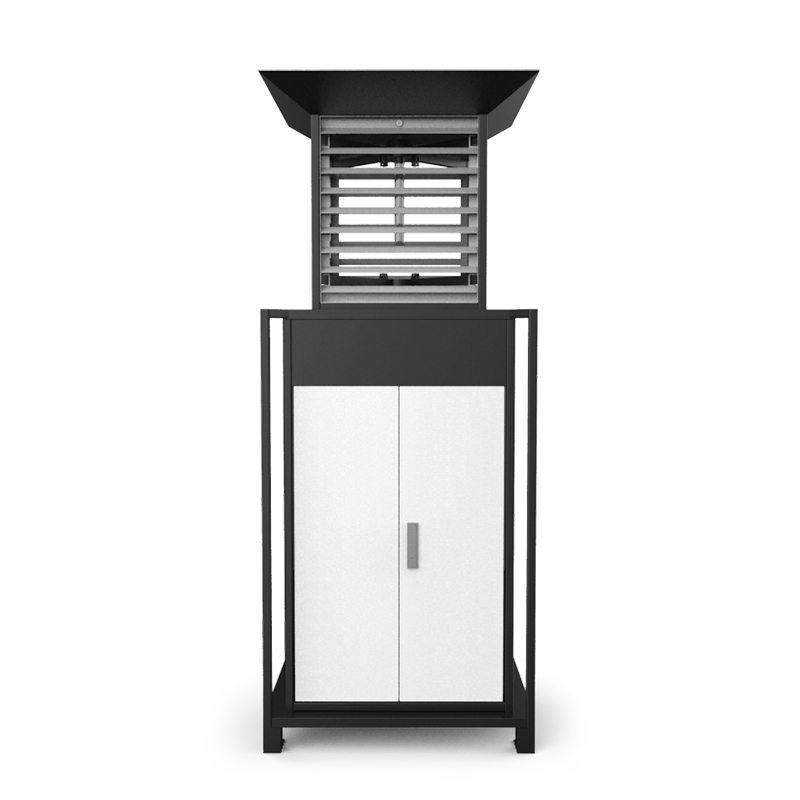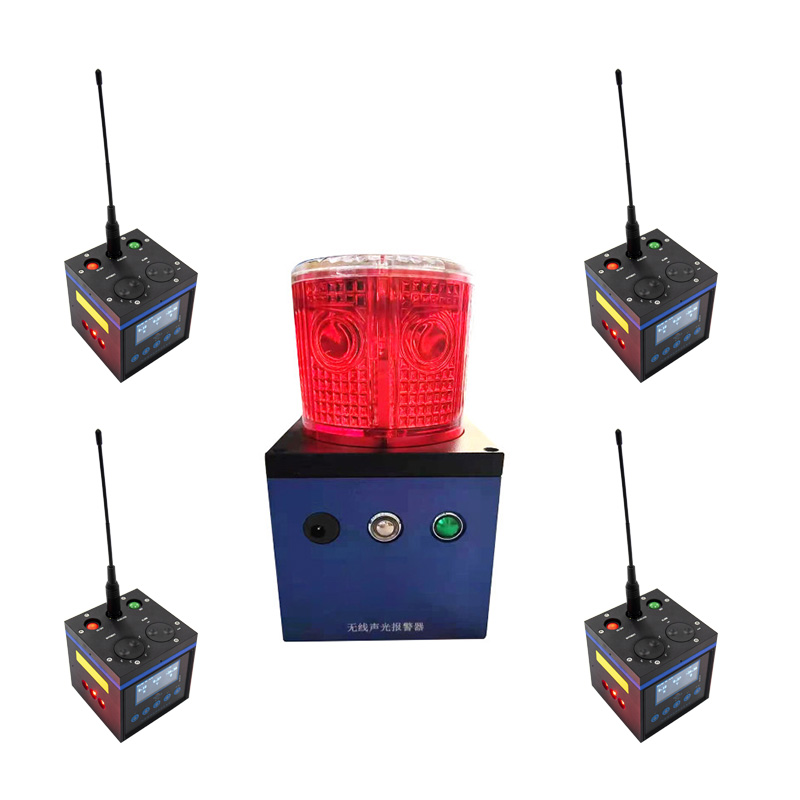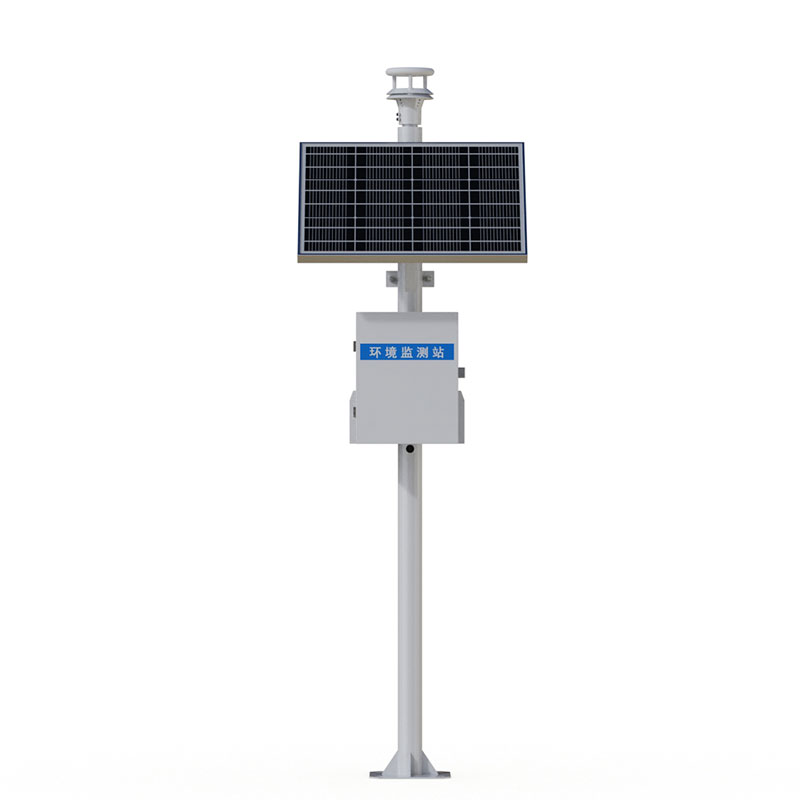In the field of aquaculture, dissolved oxygen in water is a very important factor, and its content directly determines the quality of water. Both terrestrial animals and aquatic organisms rely on a certain amount of dissolved oxygen to maintain their lives. Once the dissolved oxygen in the water is insufficient, the growth of organisms will be hampered at best, and they may face death at worst.
Aquaculture farmers must ensure that the dissolved oxygen in the water is within an appropriate range. Take fish and shrimp farming as an example. Ideally, the dissolved oxygen should be stabilized at 5 milligrams to 8 milligrams per liter, and the minimum should not be lower than 3 milligrams per liter. When the dissolved oxygen is lower than 3 milligrams per liter, the water is mildly hypoxic. Although fish and shrimp will not die in large numbers in the short term, their growth rate will slow down significantly, their disease resistance will weaken, feed costs will increase, and the farming benefits will decrease. Research shows that when the dissolved oxygen is 2.72 milligrams per liter, the growth rate of fish and shrimp drops by more than 90% compared with when it is 5.56 milligrams per liter, and the feed costs also increase substantially. It can be seen that dissolved oxygen has a significant impact on the growth of fish and shrimp.
When the dissolved oxygen is lower than 3 milligrams per liter, fish and shrimp will immediately show abnormalities, swimming frequently in the pond or floating to the surface. If farmers do not handle it in a timely manner, a large number of fish and shrimp will die.
Dissolved oxygen can also regulate water quality and indirectly affect the living environment of fish and shrimp. When dissolved oxygen is sufficient, toxic substances such as ammonia and hydrogen sulfide in the water can be converted or their toxicity reduced. Relevant research shows that when the dissolved oxygen in the water is increased from 1.54 milligrams per liter to 2.2 milligrams per liter, ammonia nitrogen is reduced from 0.4 to 0.2, and nitrite is reduced from 0.04 to 0.01. For example, when organic matter in the water increases and produces ammonia and hydrogen sulfide, when dissolved oxygen is abundant, ammonia is converted into nitrite through the action of microorganisms and then into almost non-toxic nitrate, and hydrogen sulfide is also converted into sulfate; if dissolved oxygen is insufficient, ammonia and hydrogen sulfide will bring great harm to fish and shrimp.
FT-SC07, a water quality monitor for aquaculture, is customized for the aquaculture environment. It can track key water quality parameters such as water temperature, pH value, ammonia nitrogen, residual chlorine, dissolved oxygen, electrical conductivity, and turbidity in real time.
It integrates multiple high-performance sensors to achieve integrated monitoring. With it, farmers can have a comprehensive insight into the real-time status of water quality and quickly detect and solve potential problems as soon as they appear. The system has the ability to monitor continuously for 24 hours and can store historical data for subsequent in-depth analysis, facilitating scientific management of the farming process. The sensor probe design is flexible. It can be freely combined and independently replaced, with a "plug-and-play" feature, which greatly enhances the adaptability of the system to complex farming environments.
It supports the RS485 interface and the MODBUS-RTU communication protocol, enabling seamless integration and data sharing with other devices, laying a solid foundation for intelligent farming. Its outer shell is made of durable ABS + PC material, with strong corrosion resistance. Even if it is placed in harsh outdoor environments, exposed to the sun and rain for a long time, it can still operate stably, ensuring the reliability and durability of the system.
FT-SC07 has a wide range of applications. It can help optimize the environment, accelerate the growth of aquatic products, and improve product quality in common nearshore and freshwater aquaculture, innovative integrated rice-fish farming, fishery-solar complementary farming, and special aquaculture projects such as shrimp and crab farming. Moreover, it is equally crucial in water quality monitoring of groundwater, rivers, lakes, oceans, as well as in sewage treatment, industrial production, waterworks, scientific research, and other fields, with extremely broad application prospects.

This paper addresses:https://fengtusz.com/industry/625.html









